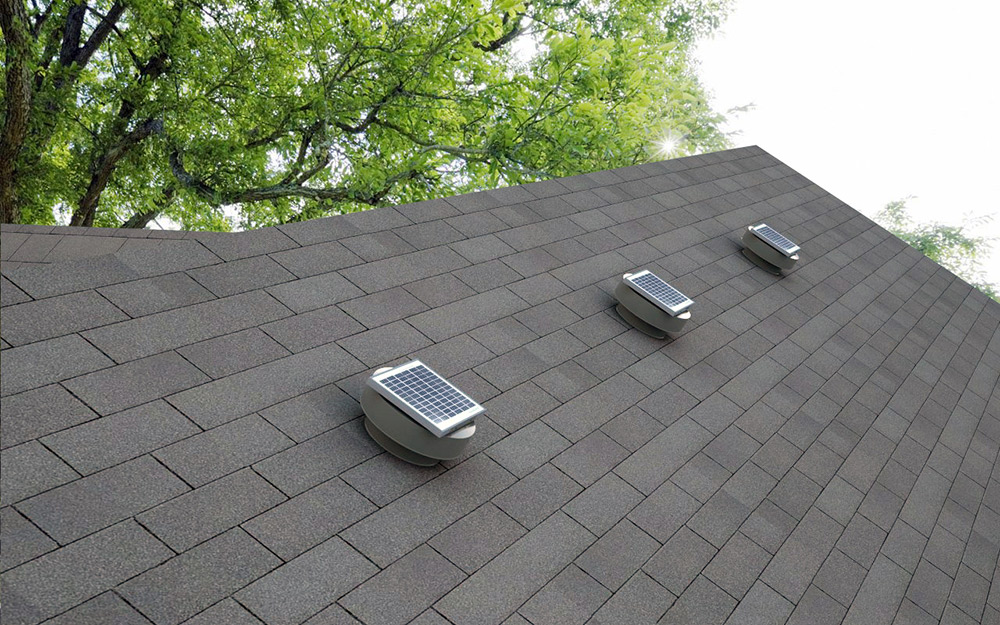Types of Mobile Home Roof Vents
1. Ridge Vents
Ridge vents are installed along the peak of the roof and are designed to allow hot air to escape from the attic space. They provide continuous ventilation along the entire length of the roof, making them an effective option for mobile homes of all sizes.
2. Roof Louvers
Roof louvers, also known as static vents or box vents, are stationary vents that are installed on the roof surface. They allow hot air to escape from the attic space while preventing rain, snow, and debris from entering the home.
3. Vents
vents, or attic fans, are electrically powered vents that actively exhaust hot air from the attic space. They are equipped with a motor and fan blades that help to circulate air and reduce moisture buildup in the attic.
4. Solar Vents
Solar vents are powered solar energy and operate similarly to powered vents. They are equipped with solar panels that convert sunlight into electricity to power the vent fan, making them an energy-efficient option for mobile homes.
Functions of Mobile Home Roof Vents
1. Ventilation
The primary function of www.supermanfanart.com/ is to provide ventilation for the attic space, allowing hot air to escape and fresh air to enter. Proper ventilation helps regulate temperature and reduce moisture buildup, which can lead to mold and mildew growth.
2. Moisture Control
Roof vents help to control moisture levels in the attic space allowing humid air to escape. This helps prevent condensation and moisture buildup, which can damage insulation, wood framing, and roofing materials over time.
3. Energy Efficiency
Proper ventilation provided roof vents can help improve the energy efficiency of a mobile home reducing the workload on the heating and cooling systems. By allowing hot air to escape in the summer and preventing heat loss in the winter, roof vents can help lower energy bills and improve indoor comfort.
Installation Process
1. Determine Ventilation Needs
Before installing roof vents, assess the ventilation needs of your mobile home attic. Consider factors such as the size of the attic space, the climate in your area, and any existing ventilation systems.
2. Choose Ventilation System
Select the type and number of roof vents based on your ventilation needs and the design of your mobile home. Consult with a professional if you’re unsure which type of vent is best for your situation.
3. Locate Installation Points
Locate suitable installation points for the roof vents along the ridge line or roof surface. Ensure that vents are evenly spaced and positioned to provide maximum airflow throughout the attic space.
4. Install Vents
Follow the manufacturer’s instructions carefully when installing roof vents. Secure the vents to the roof surface using roofing nails or screws and seal around the edges to prevent water infiltration.
Maintenance Tips
1. Regular Inspection
Inspect roof vents regularly for signs of damage, debris buildup, or blockages. Clean vents as needed to ensure optimal airflow and performance.
2. Clear Debris
Remove leaves, twigs, and other debris from roof vents regularly to prevent blockages and maintain proper ventilation.
3. Check Seals
Inspect the seals around roof vents for signs of wear or damage. Replace seals as needed to prevent water infiltration and ensure a watertight seal.
4. Trim Overhanging Branches
Trim any overhanging branches or foliage that may obstruct airflow to roof vents and create a fire hazard.
Conclusion
Mobile home roof vents play a vital role in maintaining a healthy and comfortable indoor environment providing ventilation and controlling moisture levels in the attic space. By understanding the types, functions, installation process, and maintenance tips for roof vents, mobile homeowners can ensure proper airflow and prolong the lifespan of their homes.




